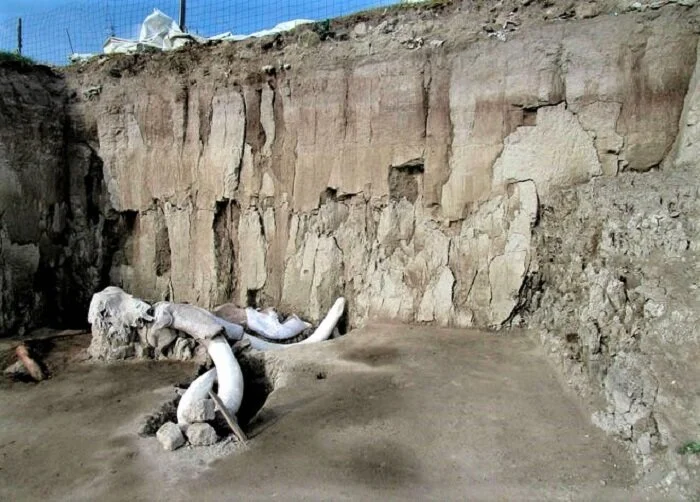Mumbai's Cardboard Cafe Inspires a Deep Dive Into Packaging Pollution In America
/Our love for the convenience of Amazon and online shopping generally comes at an environmental cost. Especially in cities, there’s no enough money to educate our children, let alone cart away all the Amazon boxes at taxpayer expense.
Creative minds are asking themselves what we can do with all this cardboard — and Indian design studio NUDES, led by Nuru Karim has answered the challenge with the spectacular Cardboard cafe, located in Mumbai, India.
AOC will never look at cardboard the same way after seeing this sophisticated interior of Cardboard Bombay including chairs, light fixtures, tables, and architectural elements. Boxes are square, but the NUDES design team has created some of the most glorious curves on the planet.
DESIGNBOOM writes that NUDES “approached the material as students, constantly diving into research which included prototyping and testing the material in real world constraints including humidity, water resistance and temperature fluctuations. “
Fire extinguishers are in the ceiling but the design team has taken every precaution to use eco-friendly processes to address the understandable questions around cardboard and fire.
Enjoy a tour of Cardboard from a design and also food perspective.
Sustainability and ethics permeate the cuisine at Cardboard as well. The cafe roasts its own organic coffee and uses organic ingredients in the food.
The cardboard is coated with a wax treatment to make the material impervious to heat, humidity, and spilled drinks. It absorbs sound very effectively. Being 50% air, the furniture is also comparatively lightweight.
Just how serious is the pileup of cardboard boxes in the US? Fast Company addressed the cardboard box pollution problem, reporting with data from LimeLoop that Amazon shipped more than 5 billion items worldwide last year through PRIME alone. About 165 billion packages are shipped in the US each year.
The packaging pollution isn’t only cardboard. Mother Jones took a look at meal-kit companies with a focus on Blue Apron and the freezer packs that keep the food fresh in the 8 million meals it delivers each month. This 2017 article calculated the pileup of freezer packs created by Blue Apron.
If you figure that each box contains about three meals and two six-pound ice packs, that’s a staggering 192,000 tons of freezer-pack waste every year from Blue Apron alone. To put that in perspective, that’s the weight of nearly 100,000 cars or 2 million adult men. When I shared those numbers with Jack Macy, a senior coordinator for the San Francisco Department of the Environment’s Commercial Zero Waste program, he could scarcely believe it. “That is an incredible waste,” he said. The only reason he suspects he hasn’t heard about it yet from the city’s trash haulers is that the freezer packs end up hidden in garbage bags.
Searching for more recent research or innovations around this challenge, the Mother Jones article remains the best one. Stopping by Daily Harvest, their website gives some directions on how to handle the materials — including what to do with the dry ice.
Trying to provide good news, AOC searched for other creativity with cardboard articles. Curbed architecture critic Alexandra Lange wrote ‘The Magic of a Cardboard Box’ in June 2018 for The New York Times.
In July 2018 Forbes writer Jon Bird dug deeply into the packaging pollution problem with What A Waste: Online Retail’s Big Packaging Problem. Bird introduces us to Brooklyn’s Package Free Shop. These concepts are interesting but the biggest impression we have after searching for innovation in solving this packaging pollution problem is how far we haven’t come.

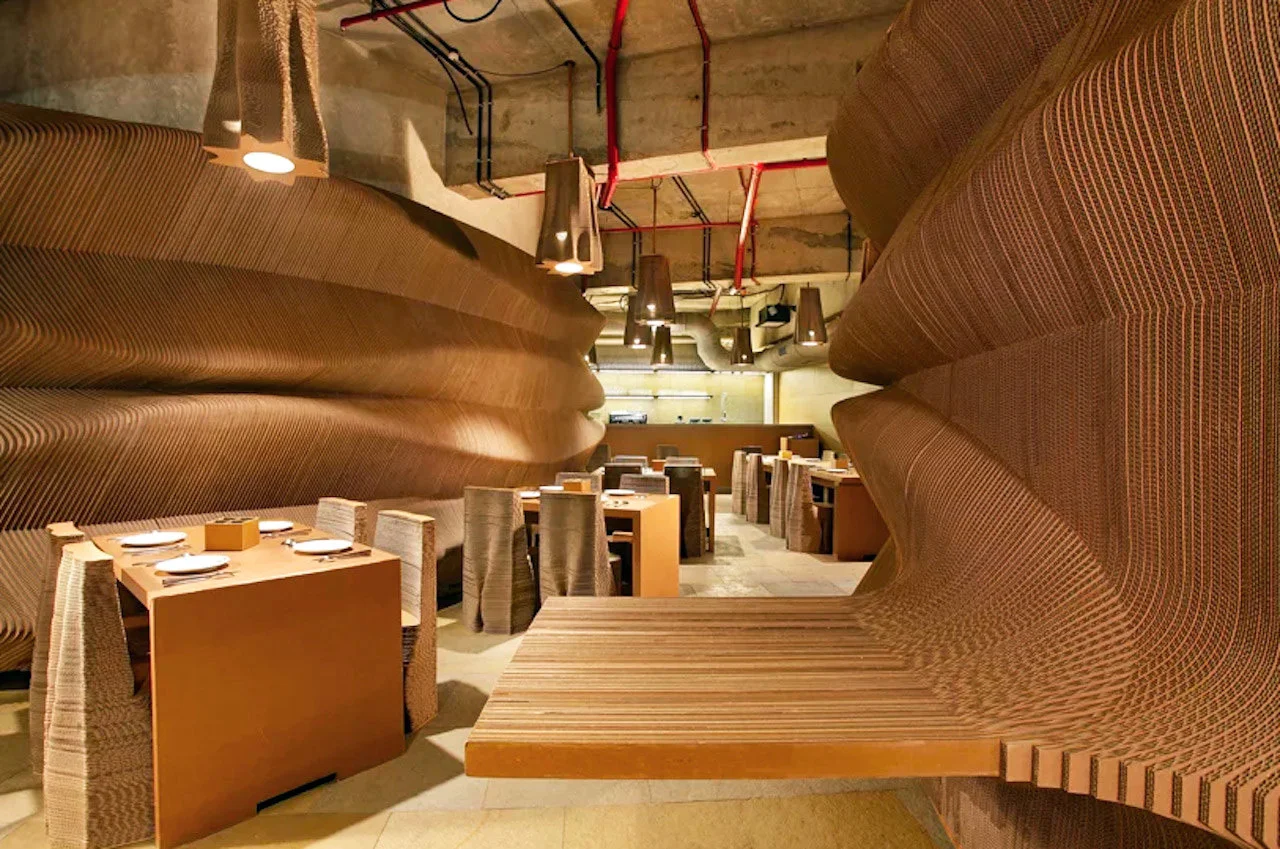

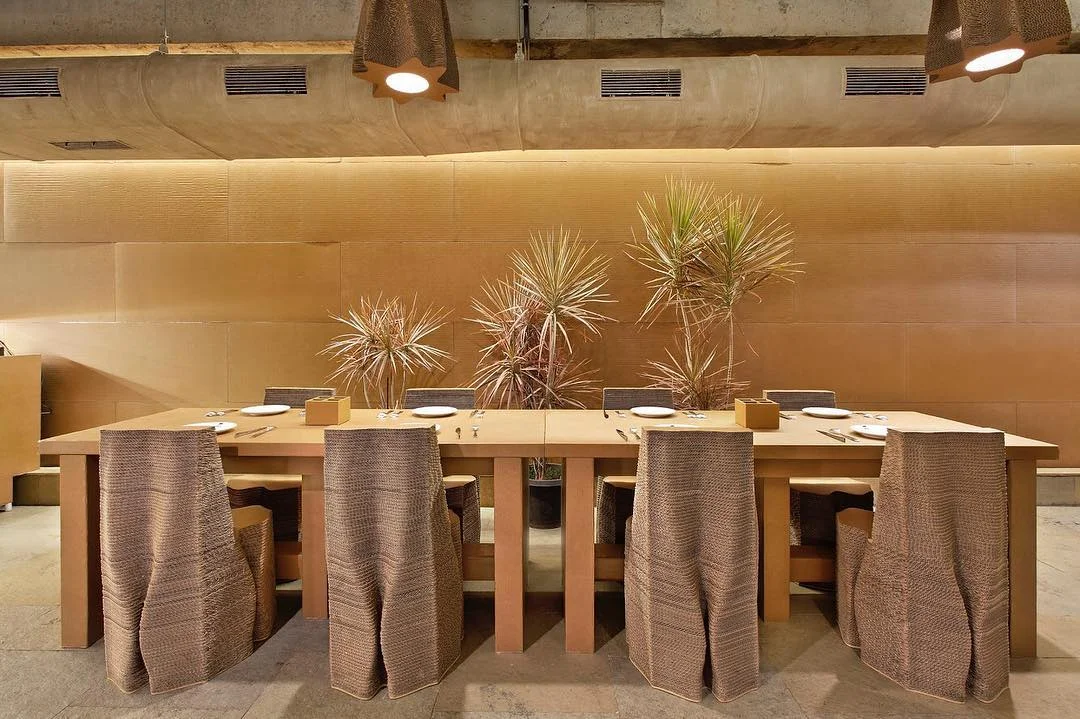
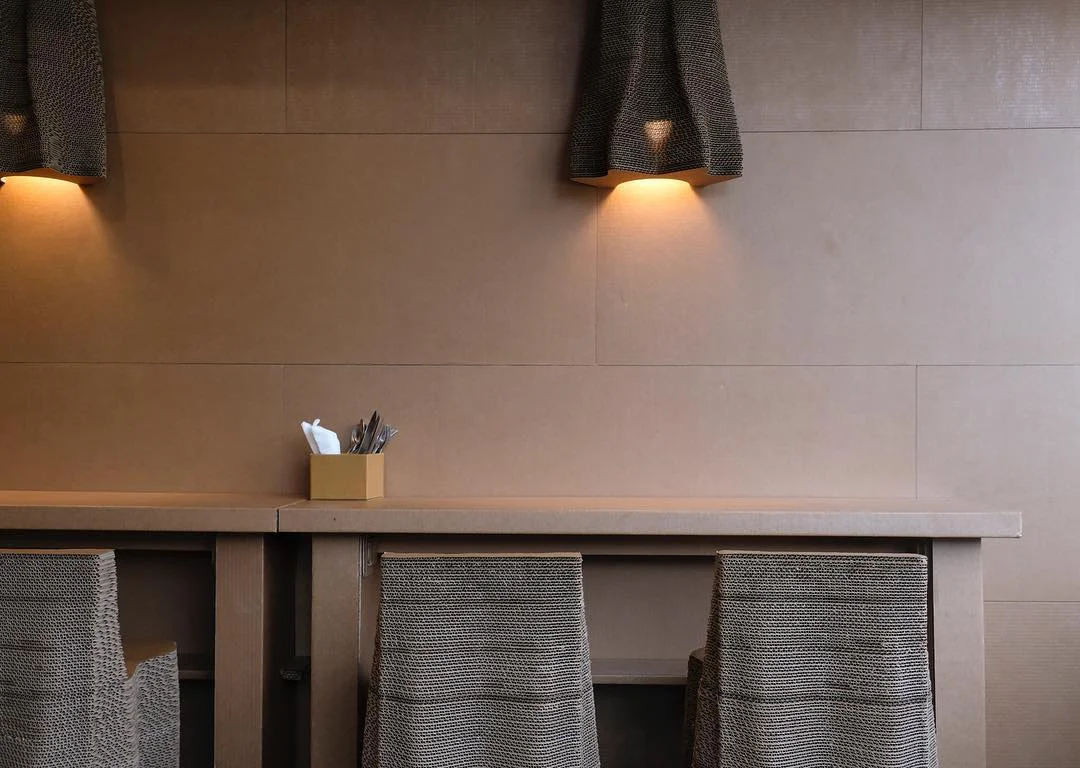
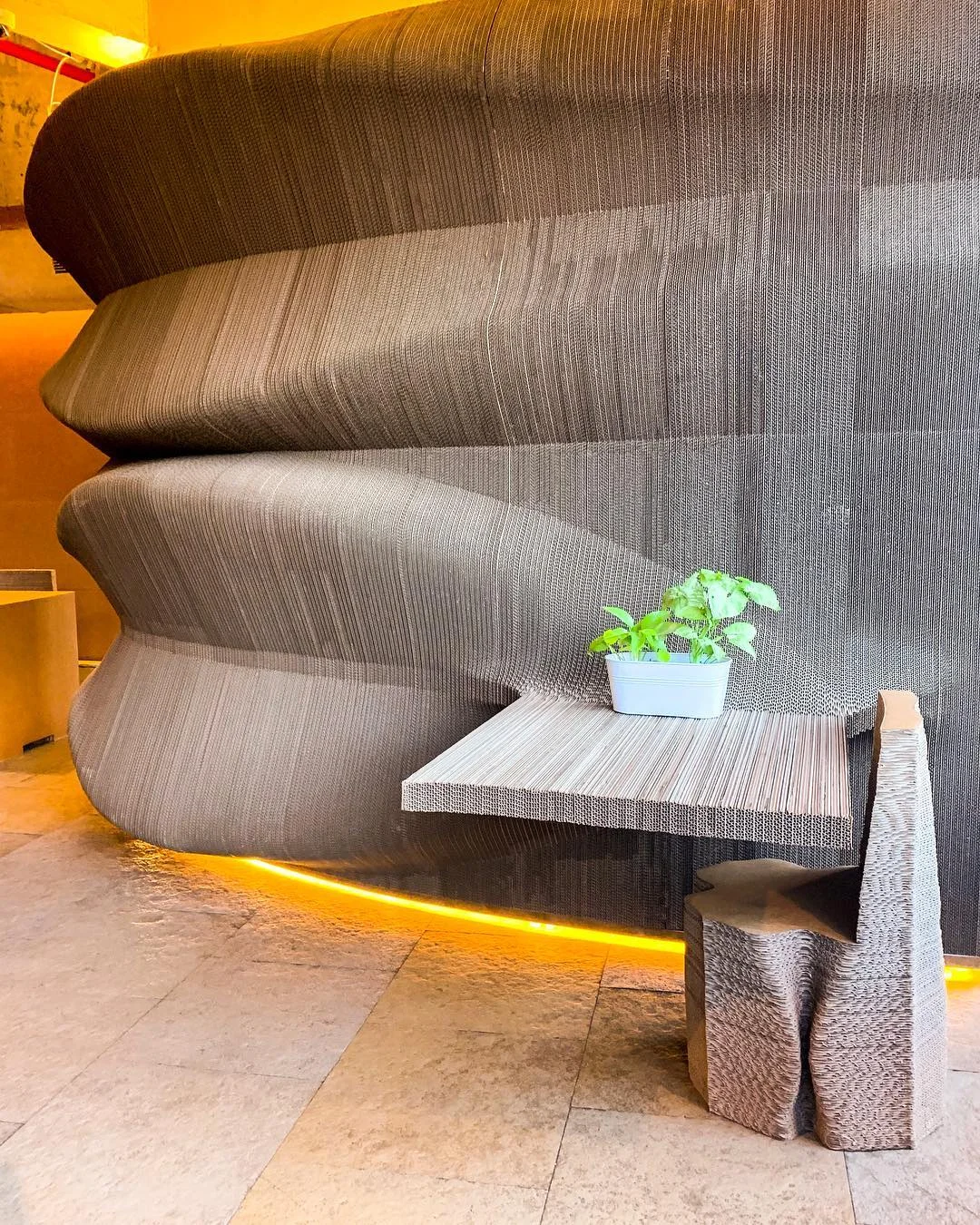
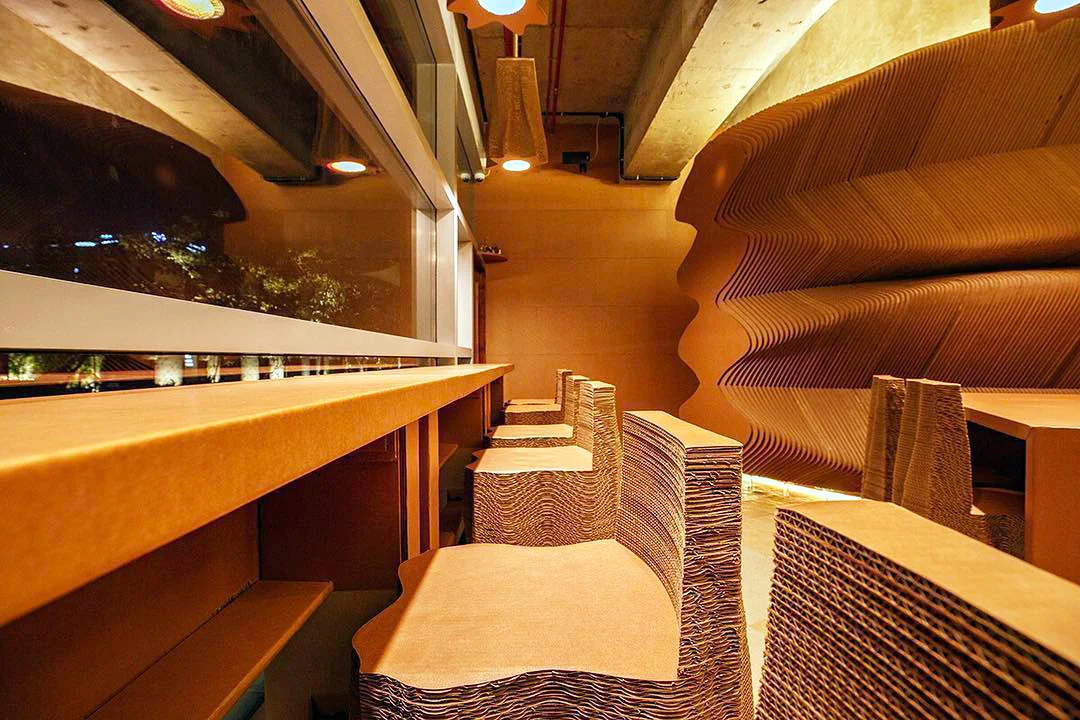
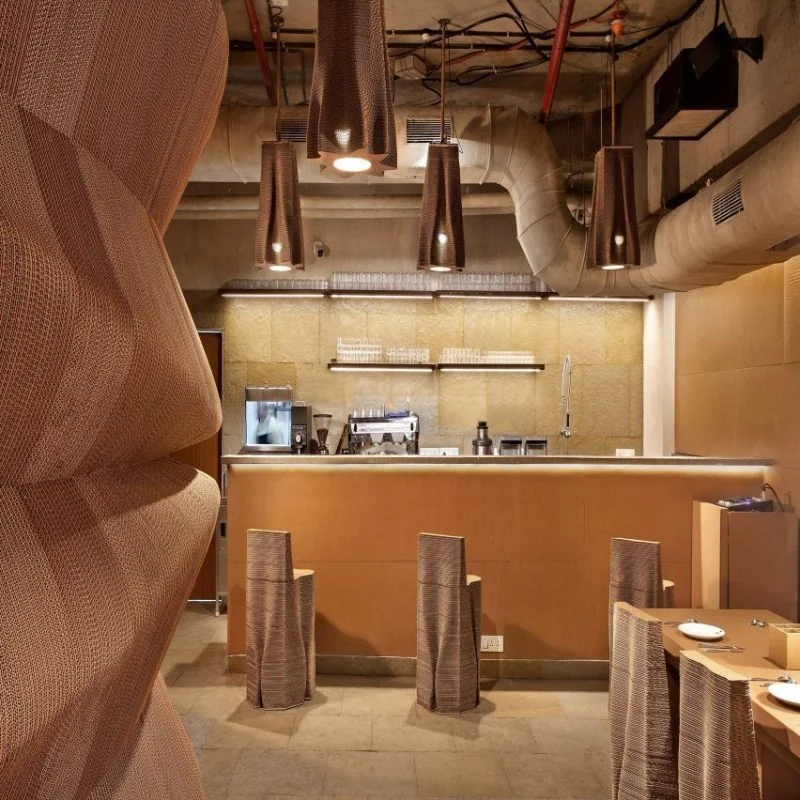
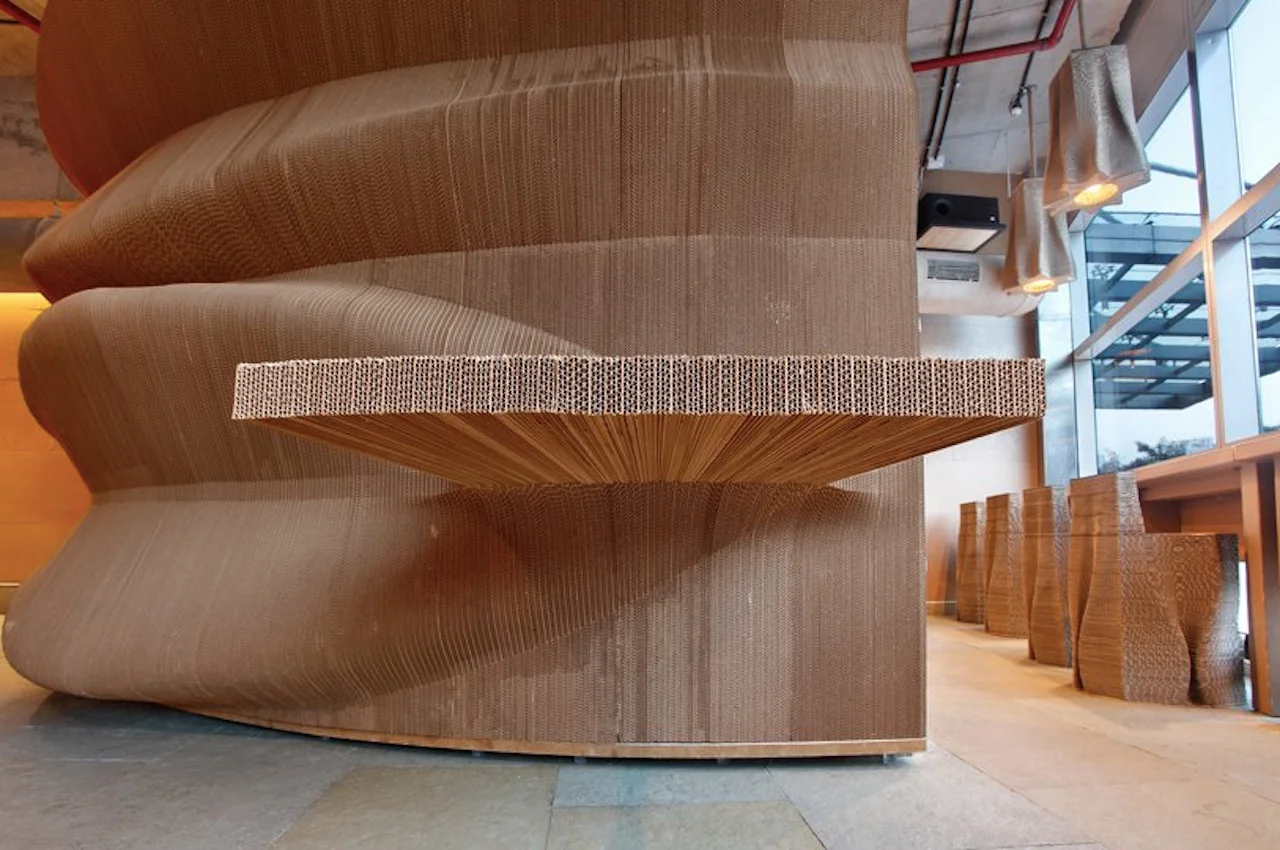
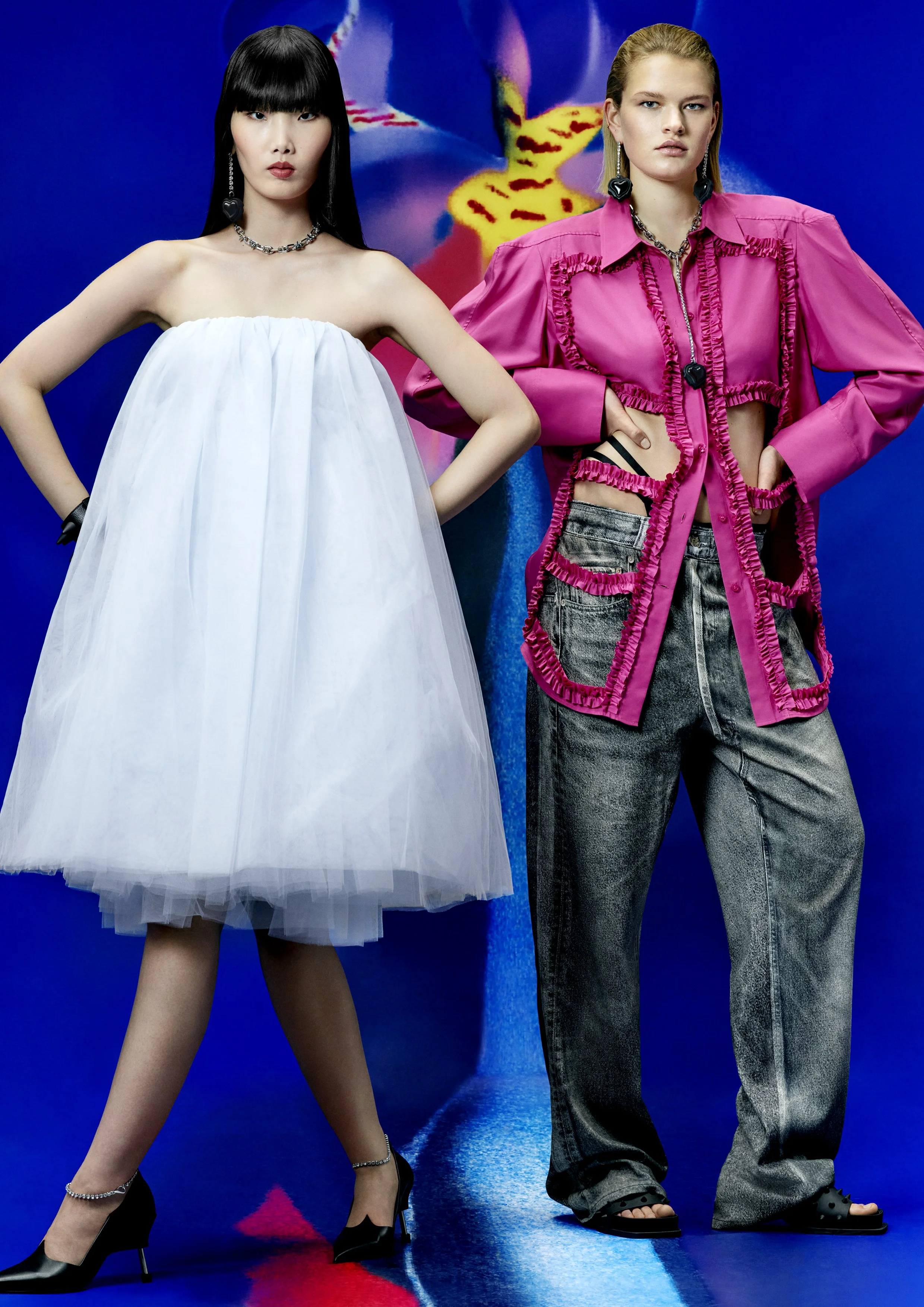
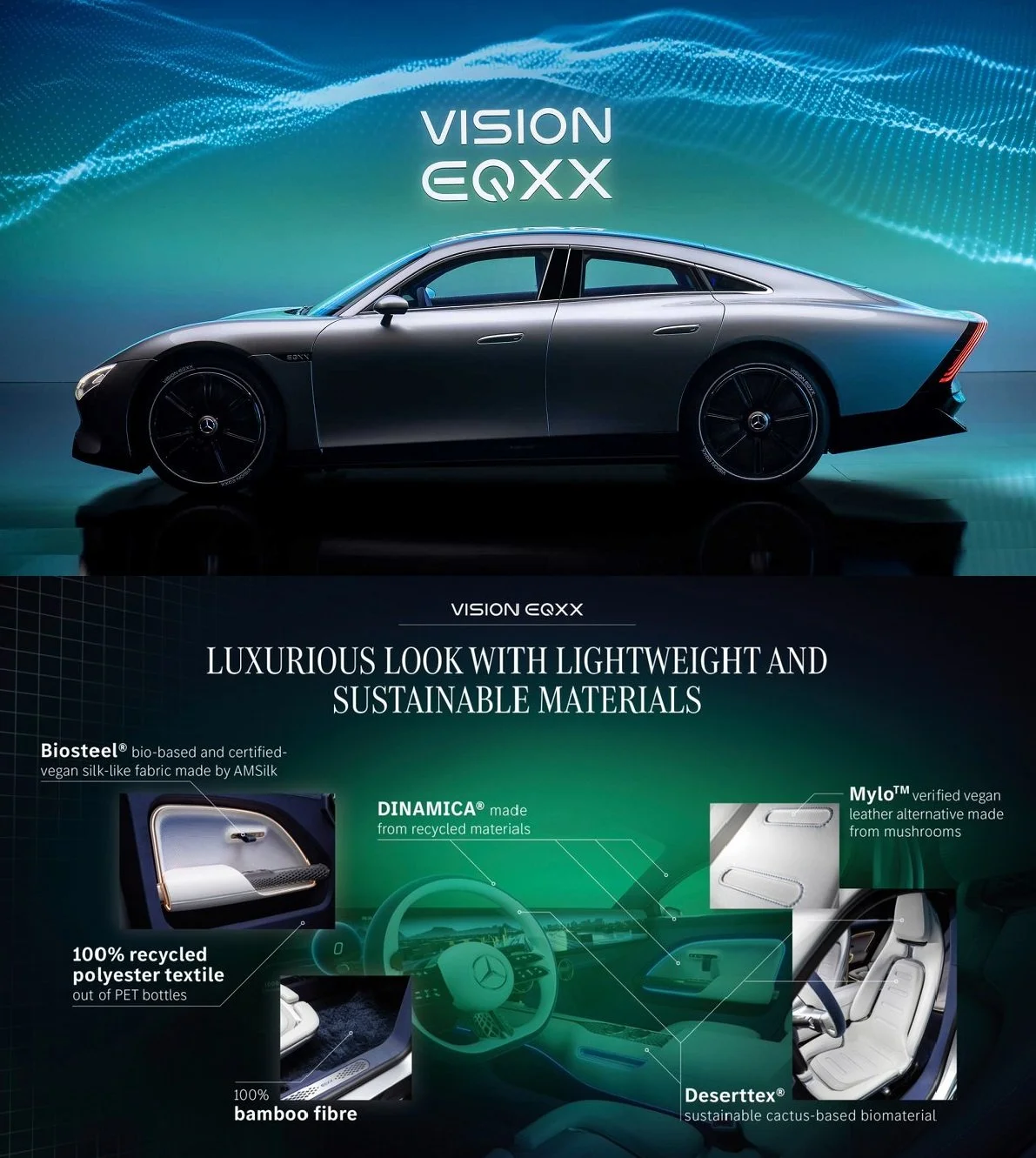
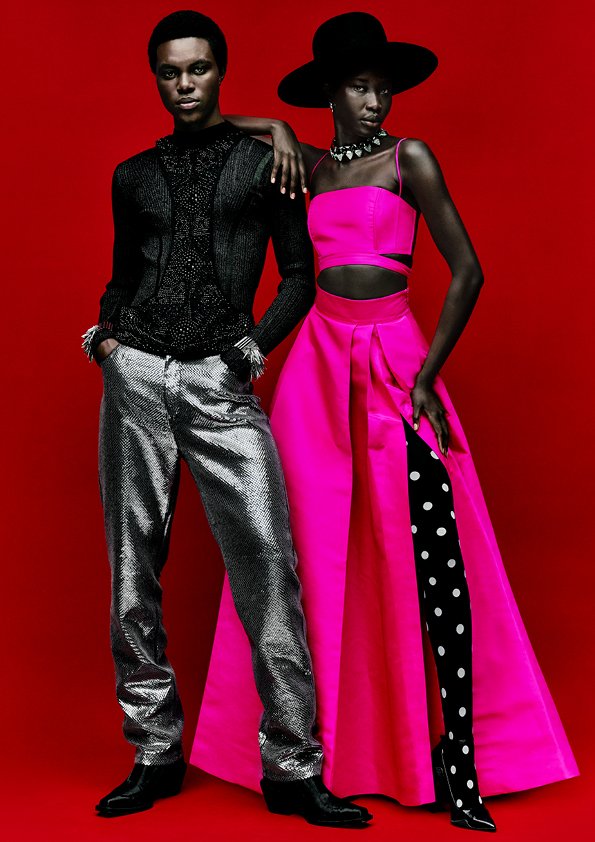
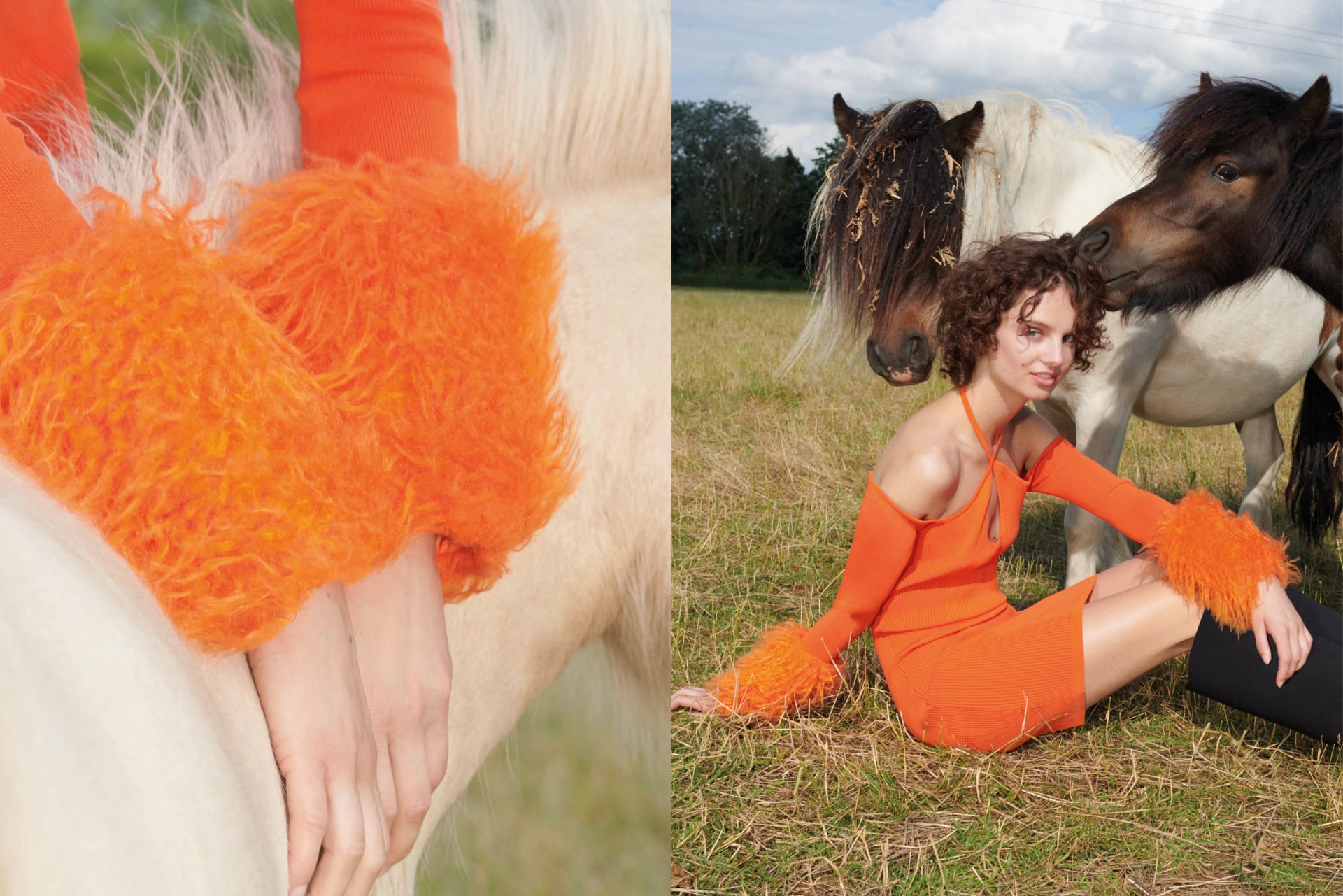
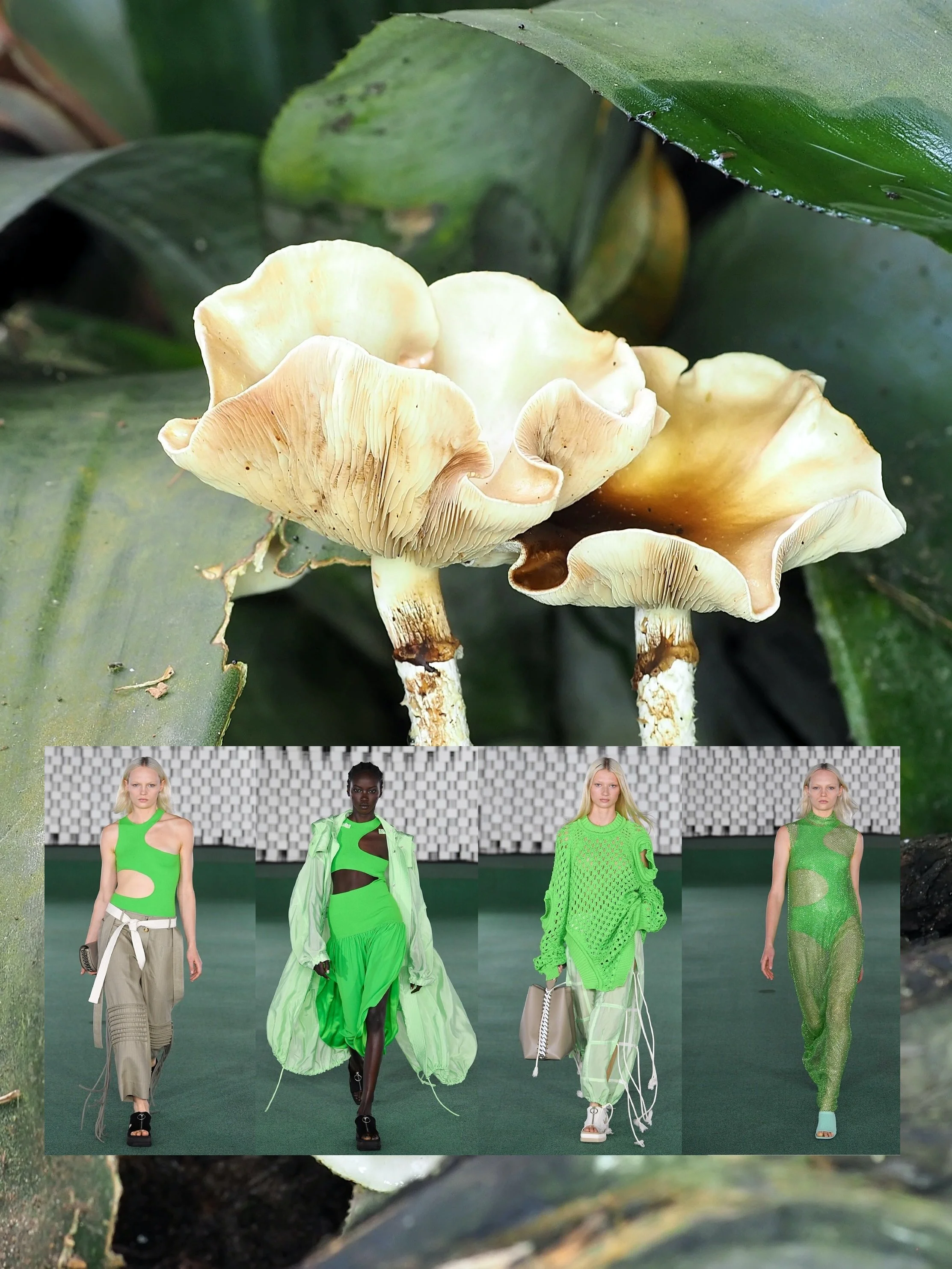
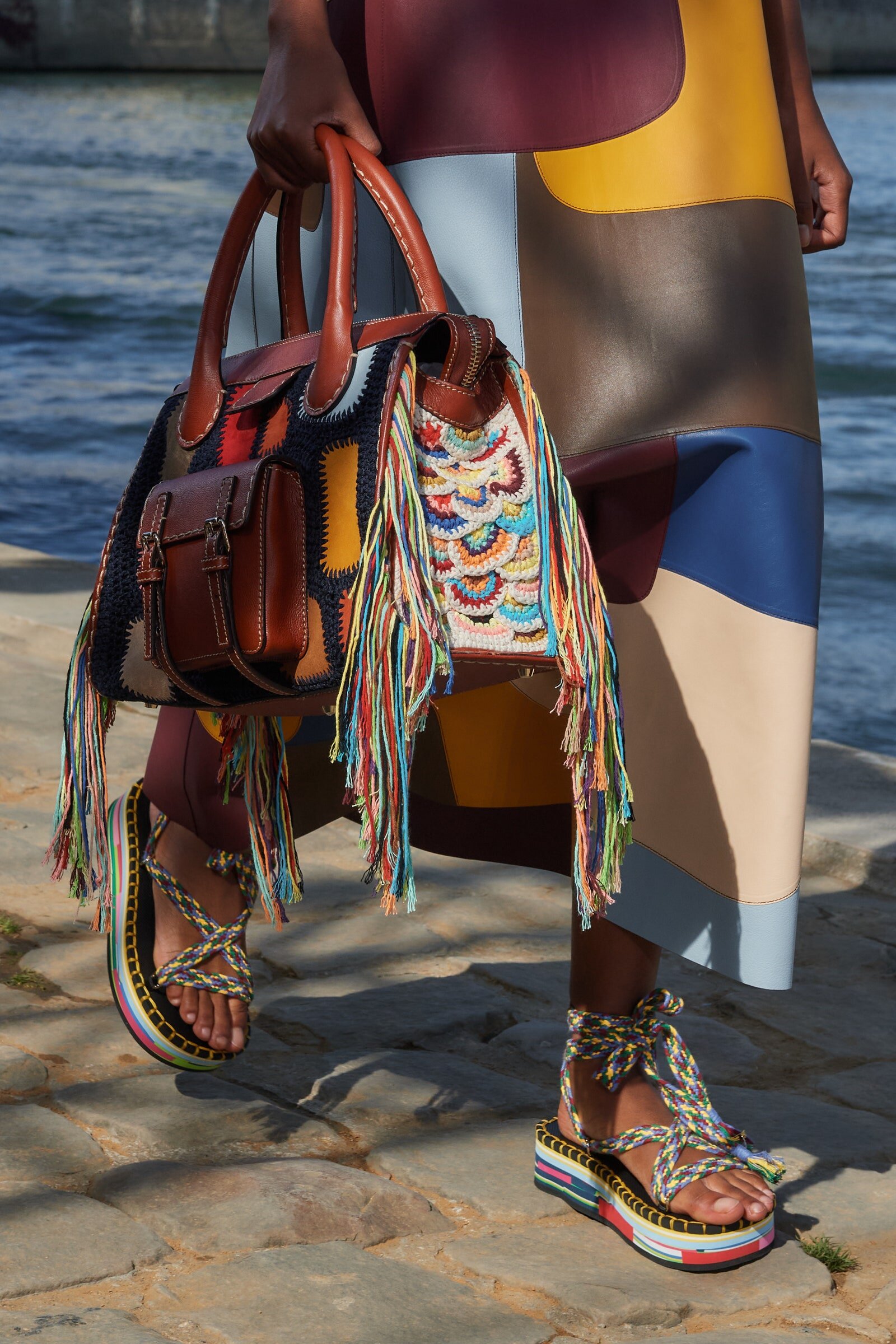


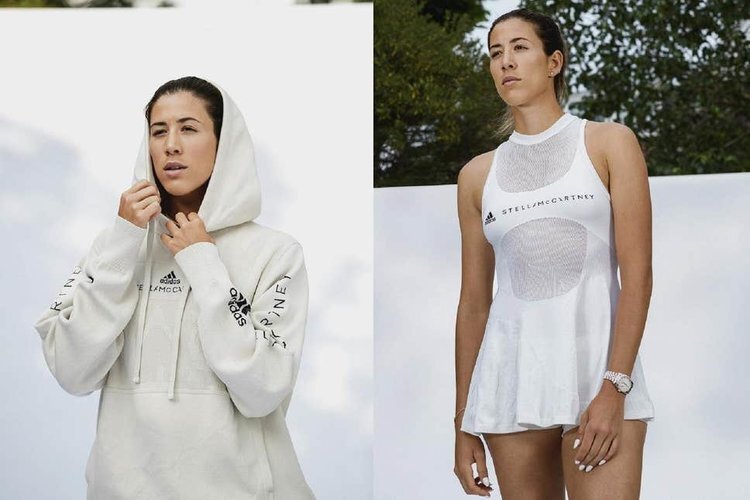



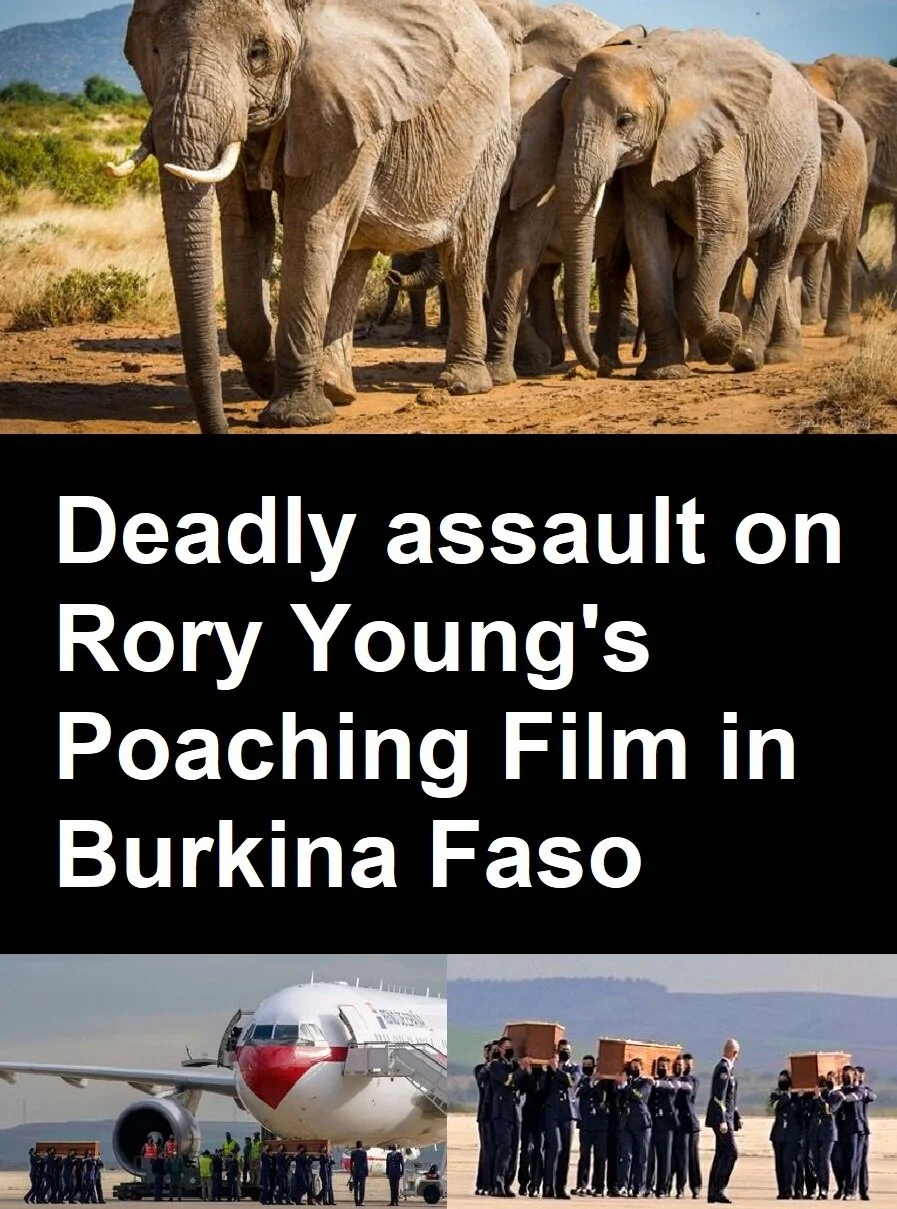
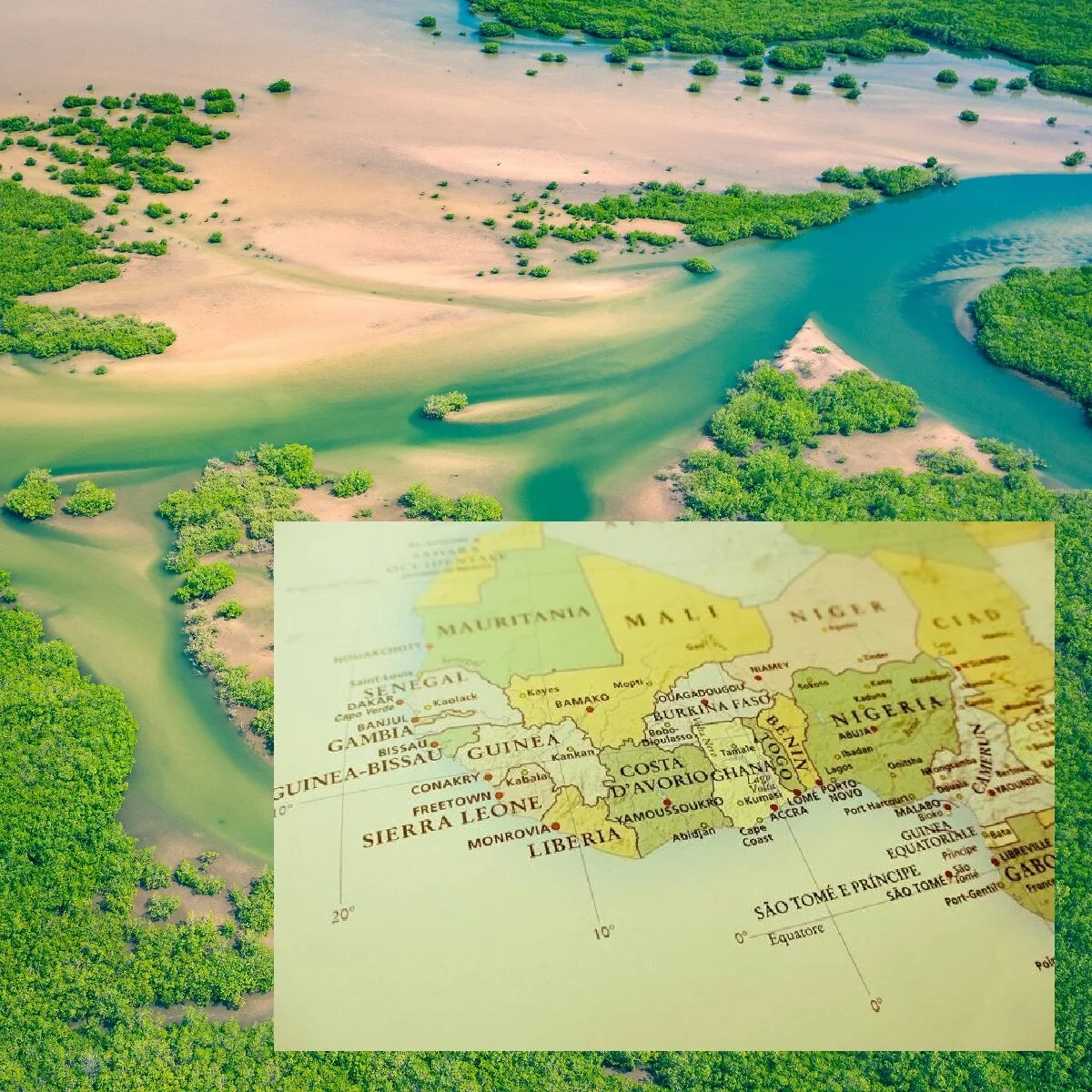


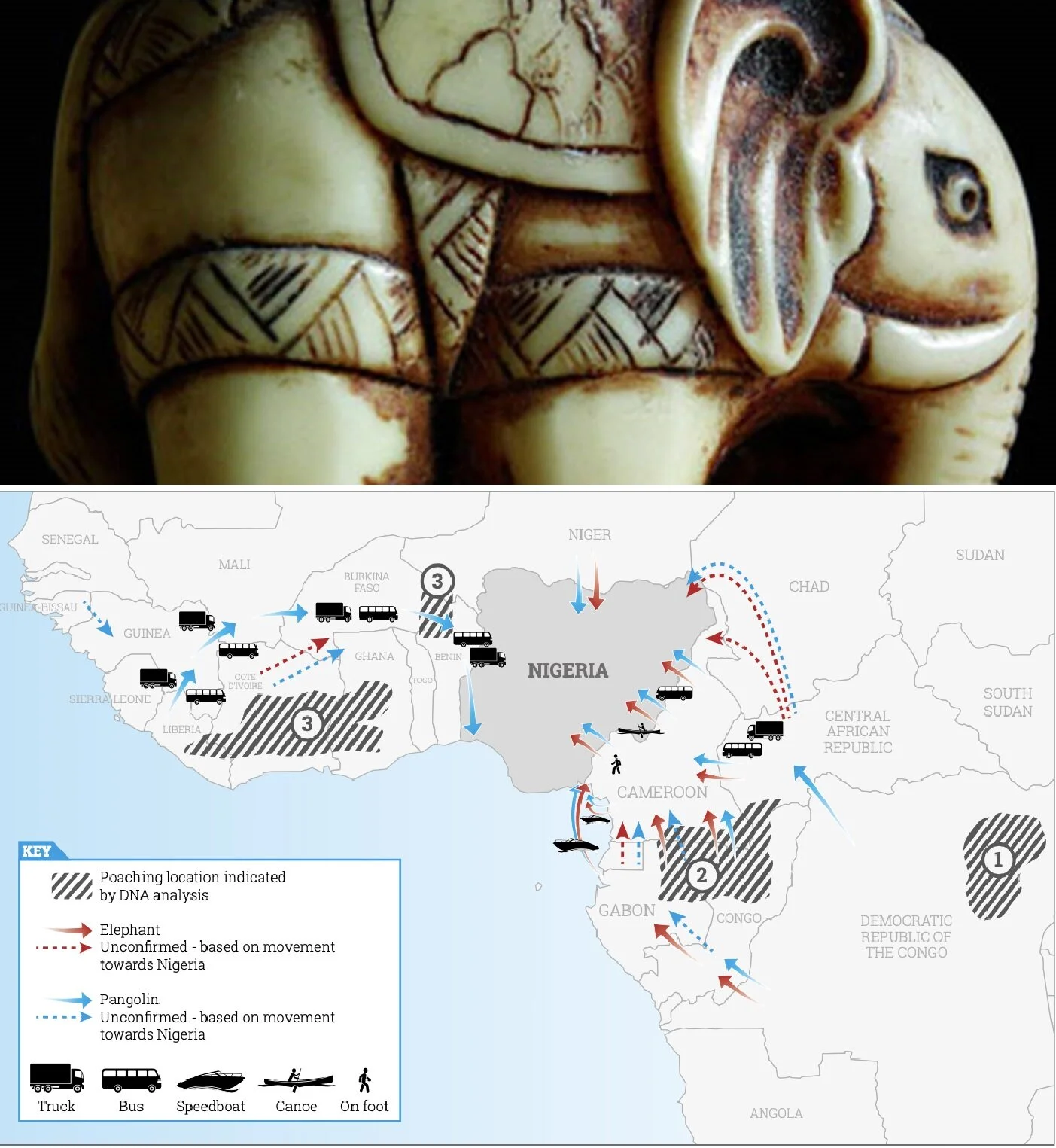



![Into-the-Okavango_[Neil-Gelinas]_3-dbl.jpg](https://images.squarespace-cdn.com/content/v1/55f45174e4b0fb5d95b07f39/1561937163642-AJXZW3I471QGTYL0AE03/Into-the-Okavango_%5BNeil-Gelinas%5D_3-dbl.jpg)


